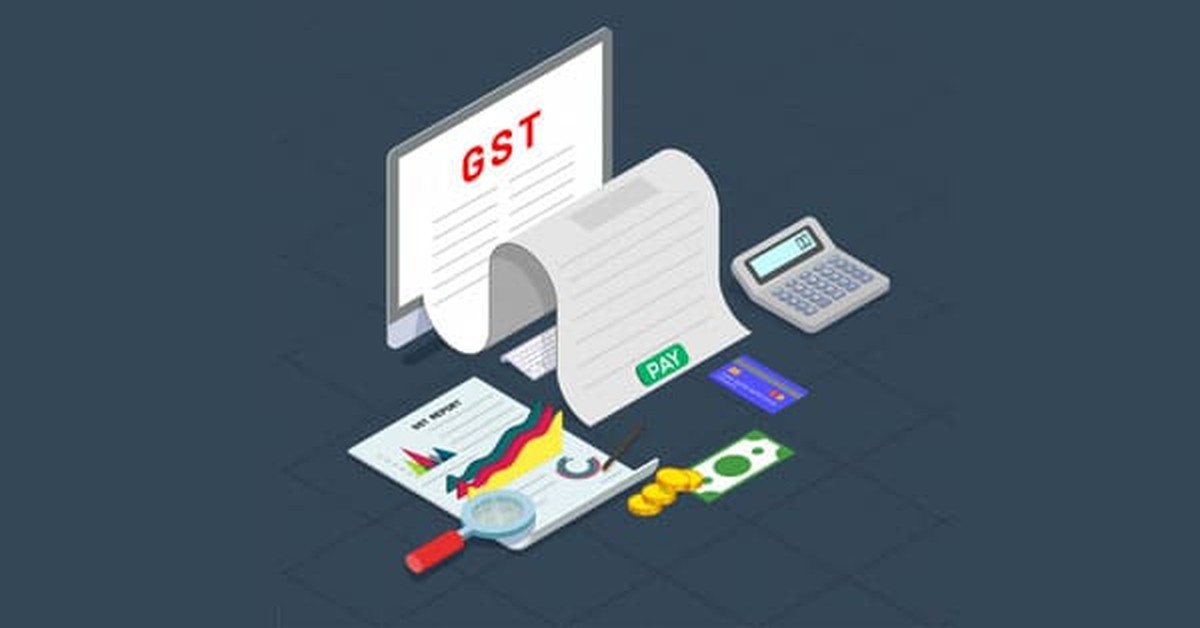The GST department has come up with frequent updates in the month of September. This article summarizes all the updates including how these may benefit taxpayers.
01-SEP-2020: Amendments in GSTR-8
GSTR-8 is for e-commerce operators wherein tax collected at source is required to be disclosed.
|
|
Before the amendment |
After the amendment |
|
Make amendments multiple times |
Table-4 of GSTR-8 related to amendment in Tax Collected at source could be amended only once. |
Now, an amendment can be made multiple times. |
|
TCS (Tax Collected at source) facility registered under the Composition scheme. |
E-commerce operators could not deduct the TCS of those taxpayers registered under the composition scheme, and thus GSTIN of composition taxpayers could not be added in GSTR-8. |
E-commerce operators can now add GSTIN of composition suppliers. Thus, could deduct TCS of those suppliers. |

05-SEP-2020: System computed values for GSTR-3B
1. For taxpayers filing monthly GSTR-1, the pdf statement will be generated and will appear on the dashboard of GSTR-3B. Note that this statement is not available if GSTR-1 is filed quarterly.
2. As per the GST portal, after taxpayers successfully file GSTR-1, the PDF will be available on their GSTR-3B dashboard from August 2020 onwards.
3. If any negative values are filled in GSTR-1, then the auto-drafted PDF shows zero for
those values.
4. One of the benefits of this update is that the taxpayers who sell in various states with different GST rates can now verify the state-wise total sales.
5. Also note that the PDF generated is only for information and guidance purposes only.
16-SEP-2020: Update on e-invoicing
1. E-invoicing is mandatory for registered persons whose aggregate turnover in a financial year is more than INR 500 crores.
2. The registered persons can continue to create their GST invoices on their own Accounting/Billing/ ERP systems. These invoices will now be reported to the ‘Invoice Registration Portal’ (IRP).
3. As per Rule 48(4), the notified person has to prepare the invoice by uploading specified particulars in Form INV-01 on IRP and after obtaining the Invoice Reference Number (IRN). On reporting, IRP returns the e-invoice with a unique IRN after digitally signing the e-invoice and adding a
QR code.
4. Then the invoice can be issued to the receiver (along with the QR code).
5. A GST invoice will be valid only with a valid IRN.
17-SEP-2020: Delinking of Credit/ Debit Note from Invoice
• Prior to this update, it was mandatory for the taxpayers to quote the original invoice number to report a credit/debit note in GSTR-1 or GSTR-6.
• However, they can now:
a. Issue a single credit/debit note for multiple invoices
b. Choose the supply type of the note as Regular, SEZ, DE, Export, etc.
c. Indicate Place of Supply (POS) as Intra-State or Inter-State against each credit/debit note
d. Declare credit/debit notes with tax amount but without any taxable value
e. Benefit from similar changes while reporting amendments to credit/debit note
• The taxpayers can now also report such credit/debit notes in statements (during refund application filing) without mentioning the related invoice number. This is applicable for the following types of refund applications:
a. Refund for export of services with payment of tax
b. Refund on account of goods & services without payment of tax
c. Refund on account of supply of goods or services to SEZ with payment of tax
d. Refund on account of supply of goods or services to SEZ without payment of tax
e. Refund on account of Inverted duty structure
18-SEP-2020: Offline Tool to compare ITC
The GST portal has made available a new offline tool to match ITC as reflected in GSTR-2B with the purchase register. You can use the offline tool by performing the following steps:
1. Download and install Matching Offline Tool
2. Download the Form GSTR-2B JSON file from the GST portal
3. Prepare purchase register in the template provided with an offline tool
4. The total number of documents to match should preferably be less than 3000 in number.
Post matching, the user will be navigated to the ‘Matching Result’ page and the matching result will be summarised as Exact match, Partial match, Probable match, or Unmatched.
23-SEP-2020: Relief in Late Fees
I. Relief in Late fees for composition dealers: If composition dealers filed the form GSTR-4 (Quarterly Return) between 22-Sep-2020 to 31-Oct-2020, for any tax period of the financial year 2017-18 and 2018-19, those taxpayers have been provided relaxation in payment of late fees. The late fees will be nil in case of no tax liability and INR 500 if any tax liability exists.
II. Delay in filing GSTR-10: If the taxpayers failed to file Form GSTR-10 (Final Return) by the due date, they can now do that between 22-Sep-2020 to 31-Dec-2020 by paying late fees of INR 500.
The author can also be reached at chanchaljain2007@gmail.com or ca.jain18@gmail.com.
Disclaimer: The above article is meant for informational purposes only and does not purport to be advice or opinion, legal or otherwise, whatsoever. While due care has been taken during the compilation of this article to ensure that the information is accurate to the best of our knowledge and belief, the contents of such articles do not substitute for professional advice that may be required. The individual expressly disclaims all and any liability to any person who has read this document or otherwise, in respect of anything, and of consequences of anything done, or omitted to be done by any such person in reliance upon the contents of this article.







 CAclubindia
CAclubindia

